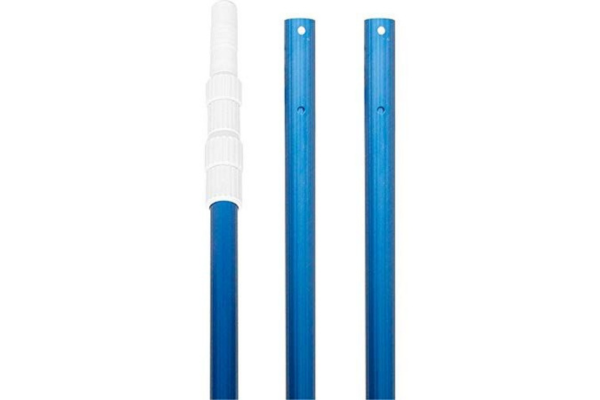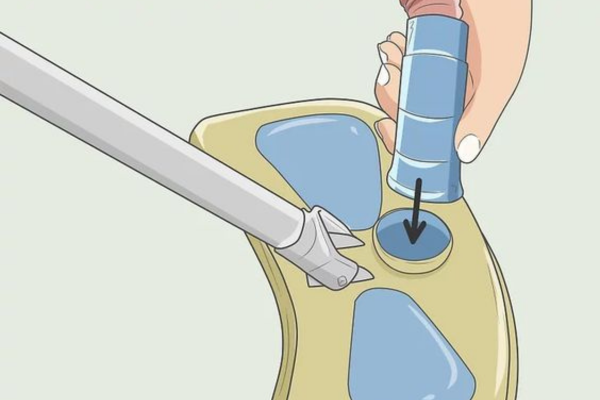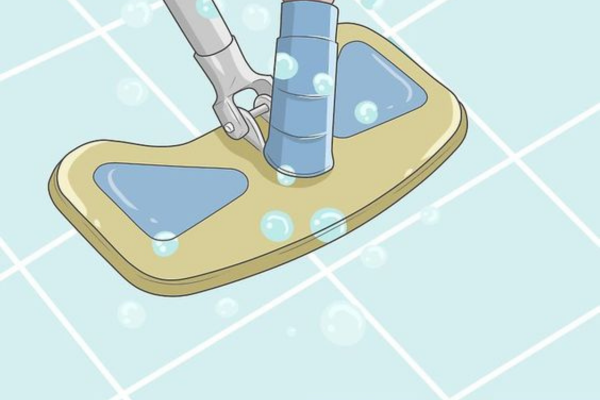Keep your pool pristine with our top tips for pool vacuum head and hose maintenance. Learn how to prolong the lifespan of your equipment and ensure efficient cleaning for a sparkling swimming experience.
How Do You Choose the Right Pool Vacuum Head and Hose?

Selecting the appropriate pool vacuum head and hose is essential for efficient and effective pool maintenance. Consider the type of pool surface—whether it is vinyl, fiberglass, or concrete—since different vacuum heads are designed to handle specific surfaces without causing damage. Additionally, evaluate the size and shape of your pool to determine the ideal head size and hose length, ensuring comprehensive coverage and ease of maneuverability.
Factors to Consider When Selecting a Pool Vacuum Head
Pool Surface Compatibility: Ensure the vacuum head is suitable for your pool surface to avoid scratching or damaging it.
Vacuum Head Size: Larger vacuum heads cover more area quickly but may be harder to maneuver in smaller or irregularly shaped pools.
Brush Types: Choose between bristle brushes for scrubbing power or rubber brushes for delicate surfaces.
Weight and Design: A weighted vacuum head stays submerged better, and a swivel design can enhance maneuverability.
Key Features to Look for in a Pool Vacuum Hose
Durability: Opt for hoses made from high-quality, UV-resistant materials that can withstand exposure to sunlight and pool chemicals.
Flexibility: A flexible hose navigates easily around pool obstacles without kinking or tangling.
Length and Diameter: Ensure the hose is long enough to reach all areas of your pool and has the appropriate diameter to maintain strong suction.
Secure Connections: Look for hoses with secure, easy-to-use connections to prevent leaks and disconnections during operation.
Benefits of Using Pool Vacuum Attachments
Pool vacuum attachments can significantly enhance the efficiency and effectiveness of your cleaning routine. Attachments such as skimmer adapters and vacuum plates improve the connection between the vacuum and the pool’s filtration system, ensuring optimal suction. Specialty brushes and scrubbers can target stubborn debris and algae, providing a deeper clean. Using these attachments allows for a more thorough and customized cleaning approach, tailored to your pool’s specific needs.
Choosing the right vacuum head and hose, considering essential features, and utilizing appropriate attachments ensures efficient pool maintenance, prolonging the lifespan of your pool equipment and maintaining a pristine swimming environment.
What are the Best Cleaning Techniques for Pool Vacuum heads and hoses?

Proper Pool Vacuuming Methods to Keep Your Pool Clean
Effective pool vacuuming requires a systematic approach to ensure all debris is removed and the pool remains pristine. Start by attaching the vacuum head to a telescopic pole and connecting the hose. Submerge the vacuum head and hose entirely to remove air and create a siphon. Connect the hose to the skimmer or suction port. Move the vacuum head slowly across the pool floor in overlapping paths to avoid stirring up debris. Regularly check and clean the filter basket to maintain suction power.
Brushing Techniques for Effective Pool Maintenance
Regular brushing of the pool walls and floor is essential to prevent algae and debris buildup. Use a pool brush attached to a telescopic pole and choose a brush type appropriate for your pool surface. Begin at the shallow end and work towards the deep end, brushing in a methodical pattern to cover all areas. Pay special attention to corners, steps, and other hard-to-reach areas where debris tends to accumulate. Brushing loosens dirt and algae, making vacuuming more effective.
Utilizing Telescopic Poles for Easier Pool Cleaning
Telescopic poles enhance the ease and efficiency of pool cleaning by allowing you to reach all areas of the pool without entering the water. These adjustable poles can be extended to the desired length, enabling you to attach various cleaning tools such as brushes, vacuum heads, and nets. When using a telescopic pole, ensure it is securely locked at the desired length to prevent it from collapsing. Regularly clean and inspect the pole to ensure smooth operation and longevity.
Implementing these cleaning techniques for your pool vacuum head and hose, along with proper brushing and the use of telescopic poles, ensures thorough and efficient pool maintenance, keeping your pool clean and inviting.
How to Troubleshoot Issues with Your Pool Vacuum Head and Hose?

Common Pool Vacuum Problems and Solutions
Loss of Suction
Solution: Check for blockages in the hose, skimmer, or pump basket. Ensure all connections are secure and that the filter is clean. Inspect the vacuum head for debris that might obstruct water flow.
Vacuum Head Sticking to Pool Floor
Solution: Adjust the suction power by partially opening the main drain or other suction ports. Ensure the vacuum head’s wheels or brushes are not worn out, and replace them if necessary.
Hose Tangling or Kinking
Solution: Lay the hose out in the sun to relax and straighten it before use. Check for and remove any twists in the hose. Use swivel attachments to prevent tangling during operation.
Understanding Your Vacuum Hose Attachments
Vacuum hose attachments are essential for optimizing the performance of your pool vacuum. Common attachments include skimmer adapters, vacuum plates, and hose weights. Skimmer adapters connect the hose to the pool’s filtration system, ensuring a secure fit. Vacuum plates facilitate a better seal at the skimmer, improving suction efficiency. Hose weights keep the hose submerged, preventing it from floating and disrupting the cleaning process. Familiarize yourself with these attachments to ensure proper installation and maximize cleaning efficiency.
Tips for Unclogging a Pool Vacuum Hose
Check for Blockages
Inspect the entire length of the hose for visible blockages. Disconnect the hose from the vacuum head and skimmer, and use a garden hose to flush out any debris.
Reverse Flow Method
Attach the hose to a water source in reverse to push the blockage out. This method is effective for dislodging debris stuck inside the hose.
Use a Plumbing Snake
For stubborn blockages, carefully insert a plumbing snake into the hose to break up and remove the debris. Ensure the snake does not damage the hose material.
By understanding common issues and solutions, familiarizing yourself with hose attachments, and using effective unclogging techniques, you can troubleshoot and maintain your pool vacuum head and hose for optimal performance.
Ensuring Longevity of Your Pool Vacuum Head and Hose

Proper Maintenance for Your Pool Vacuum Equipment
Regular maintenance of your pool vacuum head and hose is crucial for ensuring their longevity and optimal performance. After each use, thoroughly rinse the vacuum head and hose with clean water to remove any chemicals or debris. Inspect the equipment for signs of wear or damage, such as cracks or splits, and replace any compromised parts promptly. Store the hose coiled loosely in a cool, dry place away from direct sunlight to prevent UV damage and material degradation. Regularly check the hose connections and swivel mechanisms to ensure they are functioning correctly.
Choosing the Right Pool Vacuum Head with Wheels
Selecting a pool vacuum head with wheels can significantly enhance the efficiency and ease of cleaning. Wheels allow the vacuum head to glide smoothly across the pool floor, reducing resistance and preventing damage to delicate surfaces. When choosing a vacuum head, consider the type of wheels that are appropriate for your pool’s surface—hard wheels for concrete and plaster pools, and softer, rubberized wheels for vinyl or fiberglass pools. Ensure the vacuum head is appropriately weighted to stay submerged and provide good maneuverability around corners and obstacles.
Importance of Swivel Hose Connections in Pool Vacuuming
Swivel hose connections play a vital role in preventing hose tangling and kinking during the vacuuming process. These connectors allow the hose to rotate freely, maintaining smooth and uninterrupted operation. By reducing the strain on the hose and minimizing twists, swivel connections help extend the lifespan of the hose and improve overall vacuum efficiency. When setting up your pool vacuum system, ensure that swivel connections are properly installed and functioning to maximize their benefits.
Implementing these practices for maintenance, selecting the right equipment, and utilizing swivel hose connections will ensure the longevity and effectiveness of your pool vacuum head and hose, providing a cleaner and more enjoyable swimming environment.
What are the Advanced Pool Vacuuming Techniques?

Using Pool Vacuum Poles for In-Depth Cleaning
Pool vacuum poles are essential tools for achieving thorough cleaning, especially in hard-to-reach areas. These extendable poles allow for greater reach and flexibility, enabling the vacuum head to access the pool’s deep end, steps, and corners effectively. When using a vacuum pole, ensure it is securely locked at the desired length to maintain control and precision. Attach the vacuum head firmly to the pole and maneuver it slowly along the pool floor and walls, overlapping each pass to ensure comprehensive debris removal. Regularly inspect the pole for any signs of wear or damage to ensure consistent performance.
Benefits of Heavy-Duty Pool Vacuum Attachments
Heavy-duty pool vacuum attachments offer several advantages for maintaining a pristine pool. These attachments are designed to handle larger debris and more challenging cleaning tasks, making them ideal for pools with high traffic or those situated in areas with significant leaf and debris fall. Heavy-duty vacuum heads often feature reinforced bristles and more robust construction, providing enhanced scrubbing power and durability. Additionally, attachments such as specialized brushes and vacuum plates can improve the efficiency of debris removal and reduce cleaning time. Utilizing these robust attachments ensures a more effective and efficient cleaning process, maintaining the pool’s cleanliness and hygiene.
Incorporating advanced techniques and heavy-duty attachments into your pool maintenance routine enhances the effectiveness and efficiency of your cleaning efforts, ensuring a spotless and well-maintained pool.

Meet David Thomas, a seasoned professional with nearly 8 years of experience specializing in inspecting and resolving issues related to swimming pools. With his expertise and meticulous attention to detail, David ensures the safety and functionality of pools, making them a refreshing oasis for all to enjoy. Whether it’s troubleshooting equipment or maintaining water quality, David’s proficiency guarantees top-notch solutions tailored to meet every pool owner’s needs.
